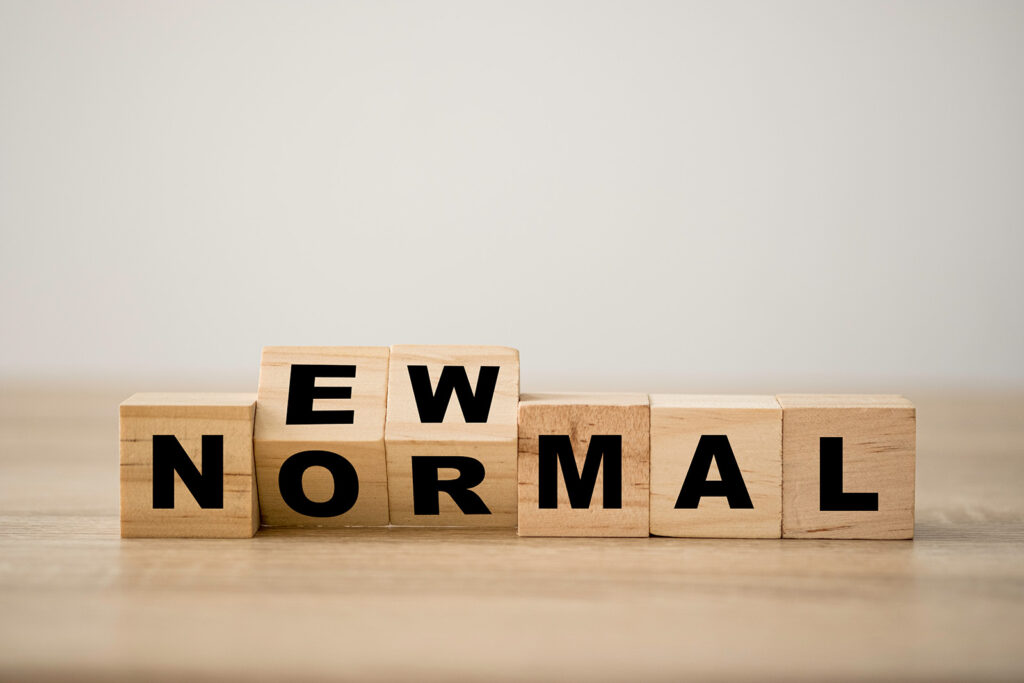
Resources
Tips for Succeeding in a Multi-Agency Environment
In the life sciences world, it’s common practice for a brand to engage with multiple agencies to deliver on complex, multi-channel projects. There are many time-sensitive and interdependent steps that must be executed in a choreographed manner for a launch to be successful, including:
- Project management
- Technical writing
- Creative design
- Navigating the Medical & Legal Review (MLR) process
- Web development
- Search engine optimization
- Paid advertising
- Analytics
Many of the agencies you work with will have overlapping service offerings, which will naturally foster frenemy relationships between teams as strategic account managers jockey for additional scope, attention, and control of the timelines.
It’s important to recognize the motivations of your partner agencies and the environment that they are operating in so you can take steps to foster true cohesion and teamwork and prevent the creation of a toxic work environment.
Assign a Brand Buddy
Each partner agency should have a person from the brand they can rely on to listen to their feedback and help facilitate difficult conversations with other partner organizations as-needed.
This brand buddy should be a strong, trusted person from your company that will ensure agreed-upon processes are followed and that constructive feedback is communicated in a professional and productive manner.
In addition to making a commitment to be available, the brand buddy should also be politically astute and on the lookout for any signs of backstabbing and scope grabs so that negative behavior gets nipped in the bud before it’s allowed to seep into the culture of the team.
Agree on a Process and a Toolset
As you kick off your projects with your partner organizations, be sure to clearly articulate project management tools, processes, and check-in cadence you will use throughout the engagement.
Here are some of the topics you should align on from day one:
- Who owns the project plan / timeline and who is allowed to make edits?
- Where will the project plan live so everyone can reference the latest version?
- Which milestone dates are set in stone and which are flexible?
- What hand-offs exist between agencies?
- Are deadlines at the beginning of the day or the end of the day?
- What file types and formats are expected?
- What is the agreed upon process for sharing files, announcing the handoffs are ready, and doing quality control?
- What tool will you use for instant messaging?
- When should you IM versus email?
- Are DMs okay, or should conversation threads be in a shared channel?
- What is the escalation process if there is a concern with a deliverable?
- What is the process for communicating revisions?
- Which team is scoped to take the screenshots, publish the proof, and consolidate the feedback so it’s actionable?
- How are approvals communicated?
- What is the timeline for each round of revision and how many rounds are included in the project as it is currently scoped?
- Who from the brand team will be on point to facilitate discussions?
- Where will these processes be documented if new team members are onboarded to the project?
Answering these questions openly with the group will create transparent communication about roles and responsibilities while defining when, where, and how each should be delivered.
Hold Regular “Retrospectives”
(Even When Everything is Okay)
Retrospectives, or “lessons learned” meetings, are often only held when things go wrong. Everyone frantically rushes to point fingers and deliver receipts in passive-aggressive corpospeak so that the proverbial piano doesn’t land on them.
Make retrospectives a celebration of your collective wins, and a safe space where you can productively collaborate on your lessons learned in order to iterate on your tools and processes after you’ve hit (or missed on) key milestones.
Trust (and Continually Optimize) the Process
Continually update your project plan and process documents so that lessons learned are incorporated into future phases of the project.
Even team turnover or project interruptions should be annotated; having a documented playbook is a mission-critical differentiator for your team.
We Play Well with Others
The HexIQ team has extensive experience working productively in multi-agency, highly-regulated environments. If you’re looking for a new marketing partner to add to your life science or high-tech manufacturing team, we’d love to connect!







